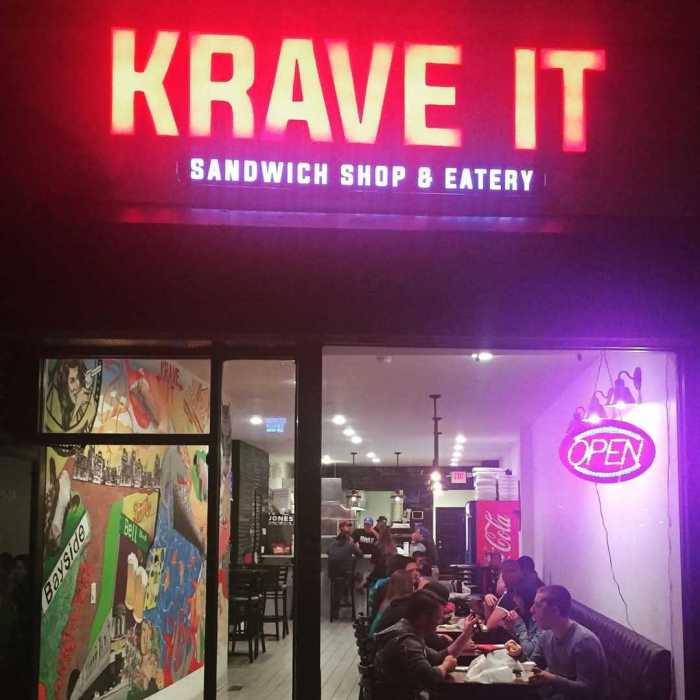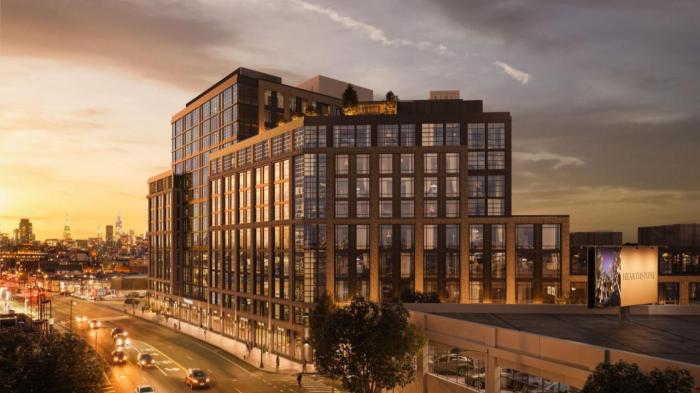DAVID GORDON
An application to transform Hallets Point in Astoria from dilapidated industrial district into a vibrant residential and retail mecca has been filed.
The application is the first step in the city’s Uniform Land Use Review Process (ULURP) and asks for “land use modifications” to turn the area, along the East River waterfront at the intersection of 1st Street and 26th Avenue, into a mixed-use community.
The project developer, Lincoln Equities Group (LEG) and capital partner GIM PA Partners, LP, point out it will include 500 units of affordable housing, 2,000 units of Queens market-rate housing, a public waterfront esplanade park, a mid-priced neighborhood supermarket, service-type retail shops and several restaurants.
“It would entirely transform the area,” said City Councilmember Peter Vallone, Jr. “This was an area sorely in need of development,” Vallone said, adding “It needed development since well before I was born.”
The design for the new Hallets Point “proposes a new ecological waterfront boardwalk that transforms industrial wasteland into green spaces and lush gardens,” said Jay Valgora, founder of Studio V, the firm that designed the master plan for the project.
There is a great deal of public support for the project, which, if approved, would compliment similar recent developments along the Queens and Brooklyn East River waterfront.
“Not only will the proposed Hallets Point community provide much needed affordable and market rate housing targeting Queens residents, but it will do so in a matter that adds essential neighborhood services and retail uses, along with accompanying jobs,” said Carmen Wynder, President of the Astoria Tenants Association, a group that represents the residents of the public housing facility Astoria Houses, located next to the development site.
“I look forward to the transformation of this underutilized waterfront area into a vibrant community,” said state Senator George Onorato.
Under ULURP, the Department of City Planning received the developer’s application and draft Environmental Impact Statement in early June. After they certify that all the appropriate documents have been received, the application goes before the local Community Board, then to the Borough President and back to City Planning Commission for review.
The City Council then votes on it to be approved.
“If I decide to approve it,” Vallone, Jr. said, “it will have to be done in consultation with the community. I’m working with the developer; they’re making changes based on my recommendations and the recommendations of the community.”



































